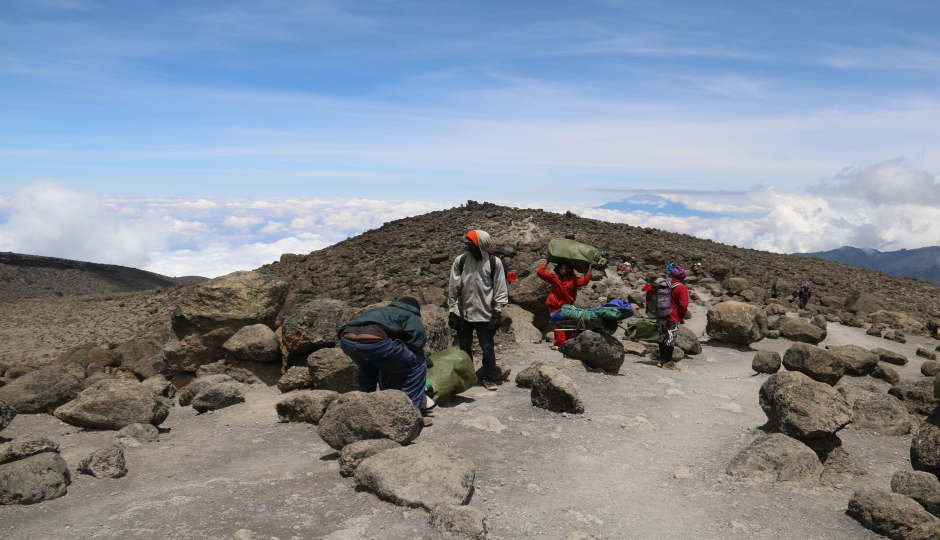
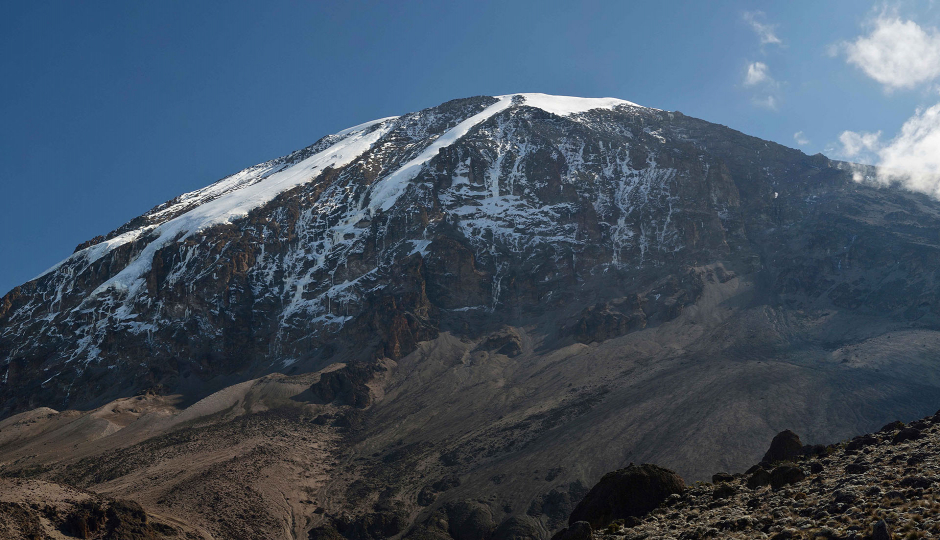
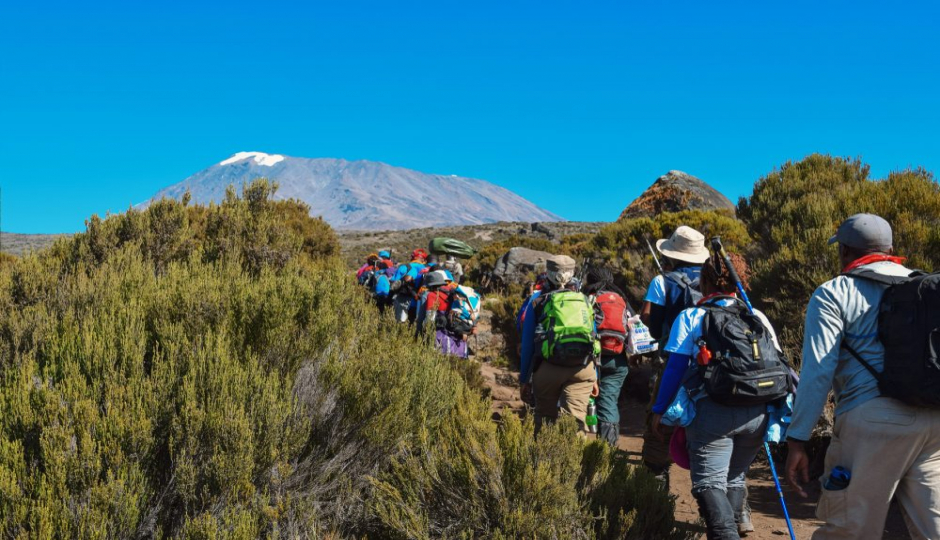
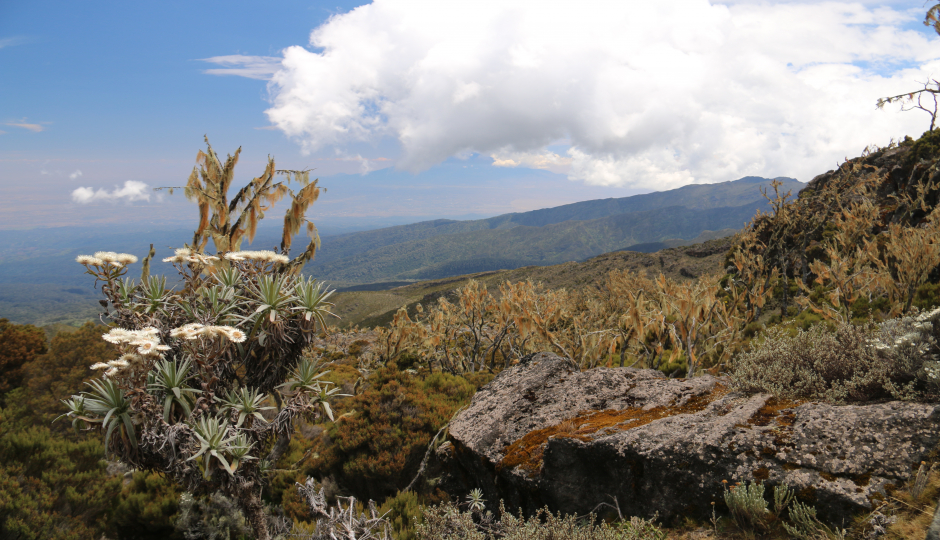




A Complete Guide to Preparing for the Roof of Africa
Climbing Mount Kilimanjaro is a once-in-a-lifetime adventure that sits high on many travelers’ bucket lists. As the highest mountain in Africa, Kilimanjaro reaches an elevation of 5,895 meters (19,341 feet)—but what makes it truly special is that it’s a non-technical climb, meaning you don’t need ropes or mountaineering experience to reach the summit. However, planning a successful and safe climb requires careful preparation. So, if you’re wondering: “How do I plan a Kilimanjaro climb?”—you’re in the right place.
Whether you’re aiming to summit for personal achievement, a charity challenge, or just the thrill of adventure, this guide will walk you through everything you need to know: from choosing the right route and booking your climb to preparing mentally and physically for the journey ahead.
One of the first—and most important—decisions in your Kilimanjaro planning process is choosing the right route. There are seven official routes to Uhuru Peak, each offering different scenery, difficulty levels, durations, and crowd densities.
The Machame Route, also known as the “Whiskey Route,” is the most popular and scenic choice, offering diverse landscapes and a high success rate. It takes 6–7 days, allowing enough time for acclimatization. For those who prefer a quieter trail with excellent acclimatization, the Lemosho Route is ideal. It starts on the western side of the mountain and joins the Machame Route on day three. Marangu, the only route with hut accommodations, is often called the “Coca-Cola Route” and is a good option for those uncomfortable with camping, though its acclimatization profile isn’t as strong.
Shorter routes like Umbwe are more direct and challenging, suitable only for experienced hikers. Routes like Rongai offer a drier approach from the north and fewer climbers. The Northern Circuit is the longest route, taking 9 days, and offers the best acclimatization and solitude.
The best time to climb Mount Kilimanjaro is during the dry seasons: from January to early March, and from June to October. These periods offer the most stable weather, clearer skies, and safer trail conditions. If you're hoping for fewer crowds, January–March is slightly less busy than the mid-year season.
Avoid climbing during the rainy seasons—typically April–May and November—when trails are slippery, visibility is poor, and summit success rates drop. That said, some adventurous climbers prefer the shoulder months for a quieter experience and a chance to see snow on the summit.
Remember that weather on Kilimanjaro can be unpredictable. Even during dry months, you should be prepared for cold nights, strong winds, and possible snowfall at higher elevations. Planning your Kilimanjaro trek with the right season in mind will increase your comfort, safety, and chance of a successful summit.
Once you’ve chosen your route and travel dates, the next step is to book your Kilimanjaro climb with a trusted tour operator. This isn’t a mountain you want to tackle without support. A licensed local company like Lindo Travel & Tours will handle all the logistics: permits, park fees, experienced guides, porters, meals, camping equipment, and emergency protocols.
Choosing a reputable Kilimanjaro trekking company ensures you have properly trained guides who monitor your health and help you acclimatize safely.
It’s also wise to ask about group sizes, safety procedures (including oxygen and pulse oximeters), food quality, gear included, and what’s required on your end. With Lindo Travel, for example, we offer customized Kilimanjaro packages, pre-climb briefings, and professional care every step of the way.
While Kilimanjaro doesn’t require mountaineering skills, it’s still a physically demanding high-altitude trek. To prepare, you should start a fitness routine at least 8–12 weeks before your climb. Focus on cardiovascular endurance, leg strength, and stamina. Hiking with a backpack, stair climbing, cycling, and long walks on uneven terrain are great ways to train.
Don’t underestimate the importance of mental preparation, too. Summit day is long and tough—often 10–14 hours of hiking in cold, dark conditions. Staying positive, determined, and mentally focused will help you push through the final stretch.
Altitude is the biggest challenge on Kilimanjaro, not steep terrain. That’s why proper acclimatization is key. Choose longer routes, stay hydrated, eat well, and communicate with your guide about any symptoms. “Pole pole” (slowly, slowly) is the golden rule on the mountain.
Packing smartly can make or break your Kilimanjaro experience. You’ll need gear for five climate zones, from humid forest to arctic summit. Essentials include a quality sleeping bag (rated to -10°C or lower), a 4-season jacket, thermal layers, good hiking boots, headlamp, trekking poles, and a daypack with hydration.
Most tour companies provide tents and sleeping mats, while porters carry your main duffel bag. You’ll only carry your daypack during hikes. Be sure to bring sun protection, toiletries, medication, and some high-energy snacks.
Having the right gear means you’ll stay warm, dry, and comfortable—even when temperatures drop and your energy is low. At Lindo Travel, we also provide a detailed Kilimanjaro gear list and guidance on what to rent or buy.
The cost of climbing Kilimanjaro depends on the route, number of days, group size, and level of comfort. On average, a standard Kilimanjaro climb costs between $1,500 and $2,500, while luxury Kilimanjaro climbs with added amenities can go above $4,000.
Beware of extremely low-cost offers—they often cut corners on safety, guide quality, food, or porter treatment. A reputable Kilimanjaro climbing package typically includes park fees, accommodation before and after the trek, all meals during the climb, guides and porters, transport, and camping equipment.
With Lindo Travel & Tours, our Kilimanjaro packages are transparent and all-inclusive, with no hidden fees. You’ll know exactly what’s covered—and more importantly, that your safety and experience are our top priorities.
Planning your Kilimanjaro climb is not just about logistics—it’s about dreaming big, training hard, and embracing the journey to the summit. With the right planning, a supportive team, and a strong mindset, you’ll stand on the Roof of Africa and watch the sunrise over the plains below. It’s a feeling like no other—and one you’ll carry with you for life.
At Lindo Travel & Tours, we specialize in tailor-made Kilimanjaro climbing experiences that are safe, ethical, and unforgettable. Whether you’re a first-time trekker or a seasoned hiker, we’ll guide you step-by-step from planning to summit and back again.
Ready to start planning your Kilimanjaro adventure? Contact us today and let’s make your mountain dream a reality.




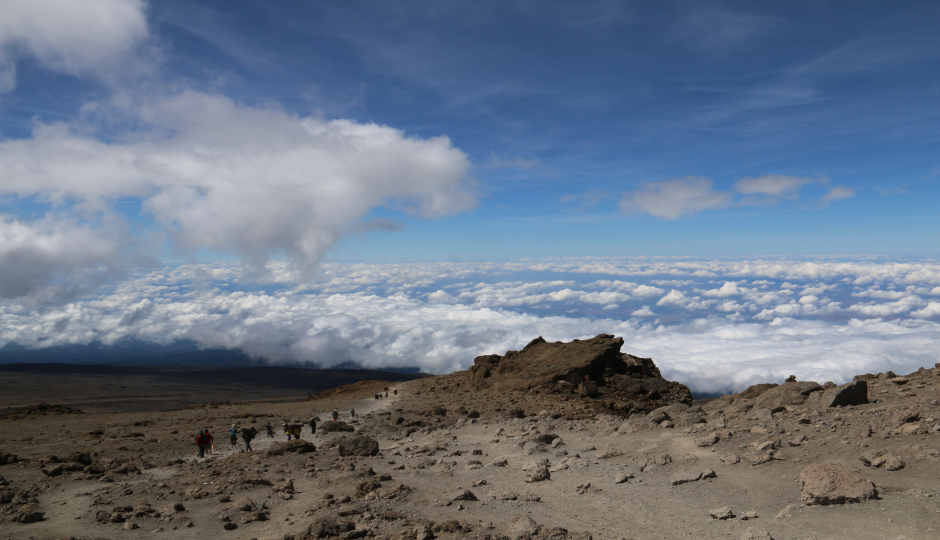
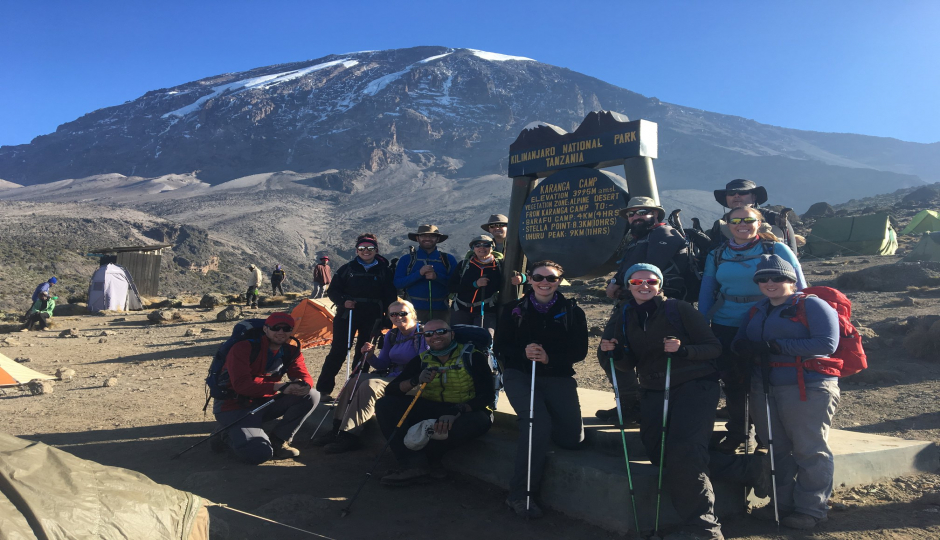
What is a Reasonable Tanzania Safari Itinerary?
How Do I Plan a Kilimanjaro Climb?
To book your adventure, simply send us an email detailing your desired experience—whether it's climbing Mount Kilimanjaro, going on a Tanzania safari, or enjoying the Zanzibar beach.
We'll promptly respond with all the information you need to finalize your plans. Plus, we offer the convenience of online payment to make the process even smoother.
View Packages